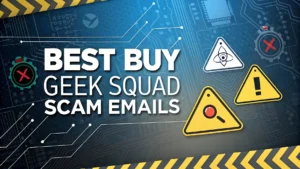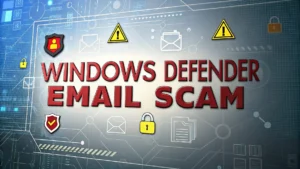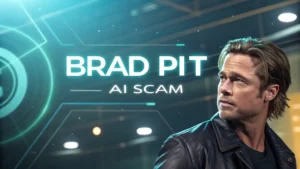Are you tired of being deceived by scams?
Imagine receiving an email that promises a dream job with World Financial Group, only to later discover it’s all a sham. Beware of the World Financial Group Scam – Fake Recruitment Email, which is designed to trick unsuspecting individuals into sharing personal information or even paying upfront fees.
In this short guide, we will discuss how this scam operates, the red flags to watch out for in the email, and the tactics commonly used by scammers.
Stay vigilant and learn how to protect yourself from falling victim to this deceitful scheme.
How the World Financial Group Scam Works
One common way the World Financial Group scam works is by sending a fake recruitment email to unsuspecting individuals. These emails often appear professional and offer lucrative job opportunities in the finance industry.
However, it’s important to be aware of the types of financial scams that exist and to spot legitimate job opportunities. Look for red flags such as requests for personal information or upfront payments, and always research the company before engaging with them.
Warning Signs of the Fake Recruitment Email
Beware of key indicators that can help you spot a fake recruitment email from the World Financial Group scam.
When identifying scams and online fraud, pay attention to the email address. Legitimate companies typically use their own domain names, so be cautious if the email is from a generic domain or has unusual characters.
Additionally, look for poor grammar and spelling errors, as scammers often make mistakes.
If the email requests personal information or payment upfront, it’s likely a scam.
Stay vigilant and protect yourself from online fraud.
Identifying the Red Flags in the Email
To identify red flags in the email, pay attention to the email’s sender and look for any suspicious signs. Here are some key points to consider when identifying red flags and detecting fraud in a recruitment email:
- Check the sender’s email address for any inconsistencies or misspellings.
- Look out for generic greetings or a lack of personalization in the email.
- Be wary of emails that ask for personal or financial information upfront.
- Pay attention to grammatical errors or poor language usage in the email.
Common Tactics Used by Scammers
Scammers commonly use the following tactics to deceive individuals in fake recruitment emails:
- Creating profiles that appear legitimate, using fake names, photos, and qualifications to gain trust.
- Sending emails from seemingly reputable companies or organizations.
- Offering lucrative job opportunities.
- Requesting personal information or payment for training materials.
These tactics aim to manipulate individuals into believing they’re being recruited for a legitimate job when, in reality, they’re being scammed.
Steps to Take if You’ve Received the Scam Email
If you’ve received the scam email, take immediate action by not responding or clicking on any links. Here are the steps you should take:
- Report the scam email: Forward the email to your email provider’s abuse department or to the Federal Trade Commission (FTC).
- Delete the email: Remove the email from your inbox to avoid accidentally clicking on any malicious links.
- Educate yourself: Research common scams and learn how to spot fraudulent emails in the future.
- Consider legal action: If you have suffered financial loss, consult with an attorney to explore your options for seeking legal action against the scammers.
Protecting Yourself From Similar Scams in the Future
By staying vigilant and being aware of red flags, you can effectively protect yourself from falling victim to similar scams in the future.
Take online safety measures such as using strong, unique passwords and enabling two-factor authentication.
Be cautious of suspicious emails and messages, especially those requesting personal information or financial details.
Recognizing phishing attempts is crucial – look out for misspellings, generic greetings, and suspicious links.
Remember to always verify the authenticity of any communication before sharing sensitive information.


























